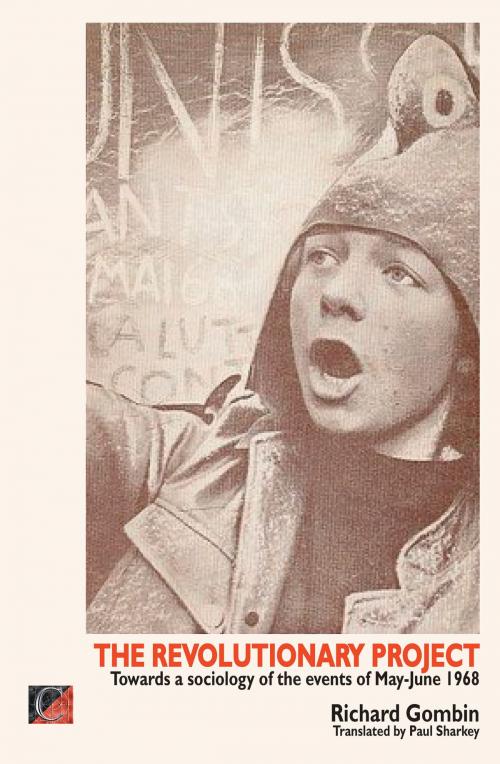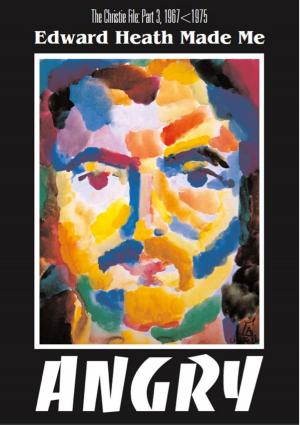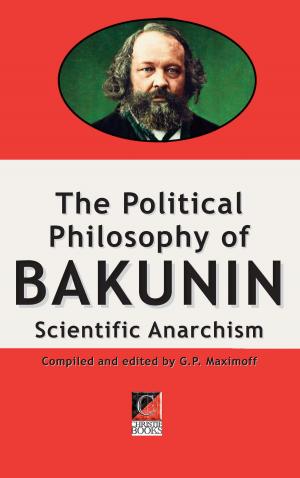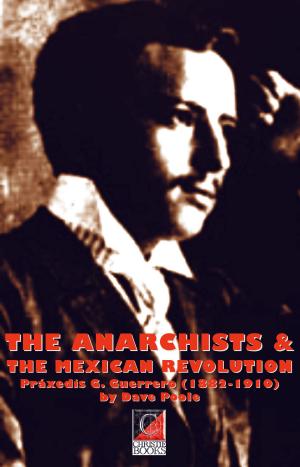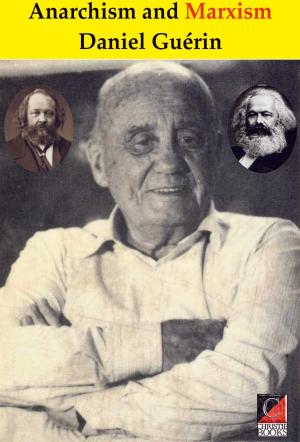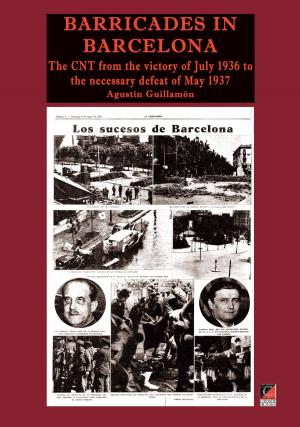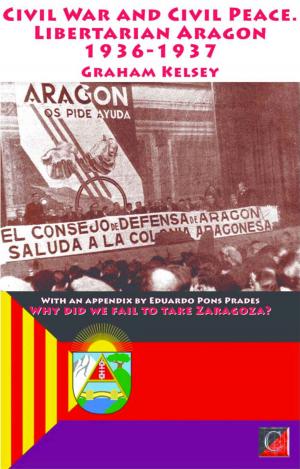THE REVOLUTIONARY PROJECT
Towards a sociology of the events of May-June 1968
Nonfiction, History, Revolutionary, France, Modern, 20th Century| Author: | Richard Gombin | ISBN: | 1230000272372 |
| Publisher: | ChristieBooks | Publication: | October 5, 2014 |
| Imprint: | ChristieBooks | Language: | English |
| Author: | Richard Gombin |
| ISBN: | 1230000272372 |
| Publisher: | ChristieBooks |
| Publication: | October 5, 2014 |
| Imprint: | ChristieBooks |
| Language: | English |
A ‘sociological’ study of ‘The May Events’ of France 1968 by French Council Communist Richard Gombin, a libertarian analysis (focusing primarily on events between May 3 and 13 June) that examines the links between the leftist groups (the ‘groupuscules’) and the various factors that contributed to the revolutionary threat to the French state during the summer of that year.
The Movement of 22 March was at the centre of events of May 1968. Its victories on the Nanterre campus and the militant fervour of its members made it the most active and popular of the groups. Unlike the Situationists, the militants of the 22 March invented their tactics, slogans and propaganda themes as they went along. The enrage's and the Situationists had the chance to put their ideas into practice in the first Committee of Occupation of the Sorbonne (14-17 May 1968) which, under their influence, set up total direct democracy in the Sorbonne, notably by calling a general assembly of the occupants every evening and submitting an exhaustive report on their activities for its approval. On 17 May, faced by the assembly's utter indifference the committee resigned and was replaced by another one that did not go in for daily consultation but, surrounded by a host of 'technical' committees, was managed by a coalition of authoritarian groups. The militants of the 22 March refused to be integrated in organizational structures, however informal or democratic. They wanted to exist only as an informal group, perpetually inventing forms of action. They remained, therefore, one of those 'agitating minorities' of which Sorel has spoken, which aimed at inspiring revolutionary movement without any preconceived theory. The group would meet only to decide on a course of action and only those in favour of these actions would attend. The actions were to be exemplary, that is, they were to have the character of political escalation designed to induce others to follow their example. The occupation of one of the administrative buildings or the defence of a factory against the police were considered exemplary in that they enabled the movement to complete a stage in the battle against the capitalist state. Direct action of this kind went further than any proposed by the syndicalists in that it was inspired by the example of urban guerrilla warfare and the tactics of systematic provocation. The rejection of all organization and co-ordination with other groups arose out of a doctrinaire attachment to spontaneity and its advantages; meanwhile, the activism of the militants, their ceaseless propaganda among the strikers, was designed to create precisely that same spontaneity among the workers. The Situationists, for their part, after the setback to direct democracy in the Sorbonne, organized themselves in the Committee for the Continuation of Occupations (CMDO) and revived total democracy within their own small committee. This committee also attempted to spread the doctrine of workers' councils verbally and in writing....
A ‘sociological’ study of ‘The May Events’ of France 1968 by French Council Communist Richard Gombin, a libertarian analysis (focusing primarily on events between May 3 and 13 June) that examines the links between the leftist groups (the ‘groupuscules’) and the various factors that contributed to the revolutionary threat to the French state during the summer of that year.
The Movement of 22 March was at the centre of events of May 1968. Its victories on the Nanterre campus and the militant fervour of its members made it the most active and popular of the groups. Unlike the Situationists, the militants of the 22 March invented their tactics, slogans and propaganda themes as they went along. The enrage's and the Situationists had the chance to put their ideas into practice in the first Committee of Occupation of the Sorbonne (14-17 May 1968) which, under their influence, set up total direct democracy in the Sorbonne, notably by calling a general assembly of the occupants every evening and submitting an exhaustive report on their activities for its approval. On 17 May, faced by the assembly's utter indifference the committee resigned and was replaced by another one that did not go in for daily consultation but, surrounded by a host of 'technical' committees, was managed by a coalition of authoritarian groups. The militants of the 22 March refused to be integrated in organizational structures, however informal or democratic. They wanted to exist only as an informal group, perpetually inventing forms of action. They remained, therefore, one of those 'agitating minorities' of which Sorel has spoken, which aimed at inspiring revolutionary movement without any preconceived theory. The group would meet only to decide on a course of action and only those in favour of these actions would attend. The actions were to be exemplary, that is, they were to have the character of political escalation designed to induce others to follow their example. The occupation of one of the administrative buildings or the defence of a factory against the police were considered exemplary in that they enabled the movement to complete a stage in the battle against the capitalist state. Direct action of this kind went further than any proposed by the syndicalists in that it was inspired by the example of urban guerrilla warfare and the tactics of systematic provocation. The rejection of all organization and co-ordination with other groups arose out of a doctrinaire attachment to spontaneity and its advantages; meanwhile, the activism of the militants, their ceaseless propaganda among the strikers, was designed to create precisely that same spontaneity among the workers. The Situationists, for their part, after the setback to direct democracy in the Sorbonne, organized themselves in the Committee for the Continuation of Occupations (CMDO) and revived total democracy within their own small committee. This committee also attempted to spread the doctrine of workers' councils verbally and in writing....
